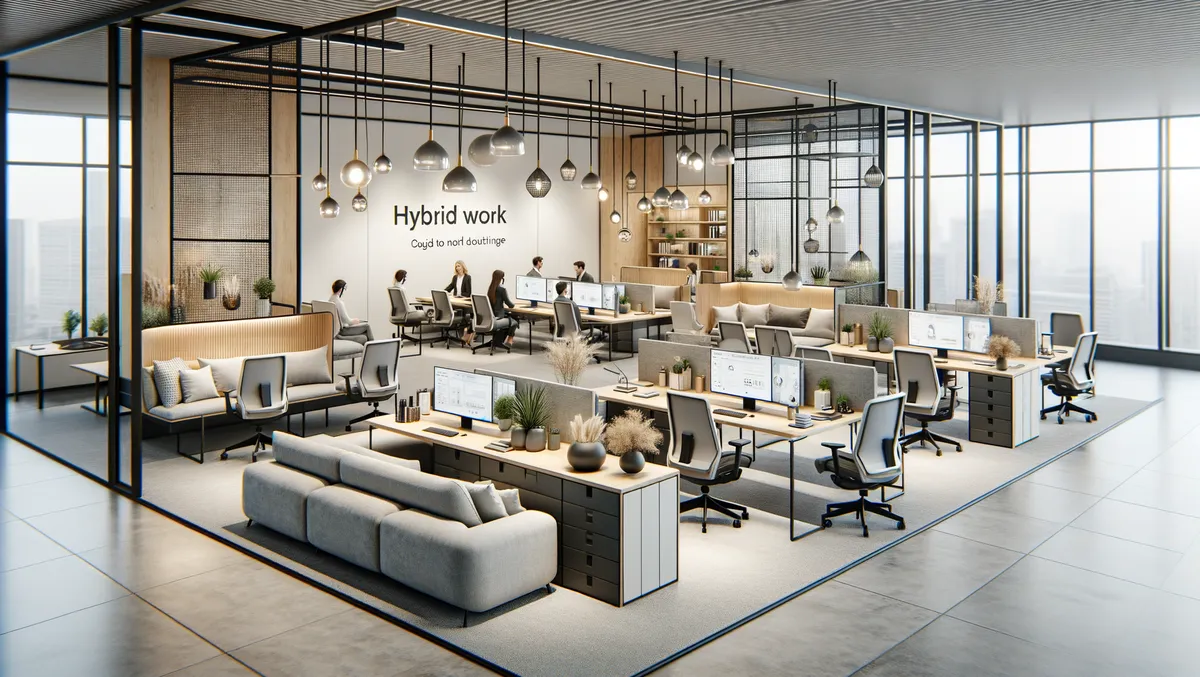
Australian employees question office spaces' productivity potential
A newly released study from Cisco Asia Pacific has highlighted a significant concern among Australian employees regarding the capability of their offices to provide an environment conducive to their best work.
According to the study, 'Reimagining Workspaces,' 49% of Australian workers feel that their current office spaces do not enable them to work to their optimum capacity. Despite this, 93% of respondents have shown a willingness to return to physical offices at least a few times a week.
These findings contradict the popular notion that most workers are reluctant to return to office spaces after the remote work boom induced by the pandemic. In fact, seven out of ten (68%) employees have responded positively to organisational mandates to return to the office. However, employees seek workplaces that have evolved to meet their needs and expectations better.
On the employer side, 75% of companies have directed a full or partial return to the office post-pandemic, citing productivity and team communication as the main drivers. Yet, these mandates seem to lack significant investment in workspace improvements. Employees cite current office layouts, seating configurations, and meeting rooms as far from promoting in-office productivity.
Sandeep Mehra, Managing Director of Collaboration Sales, Cisco APJC, stated that the study "reveals that employees across the region have embraced hybrid work and are willing to return to the office more often, but with a caveat, workspaces must adapt to their evolving needs and expectations."
Mehra added, "Technology has become critical in delivering on these expectations to promote productivity and a collaborative environment, no matter an employee's location."
Shifting motivations underscore a significant change in employee expectations for their workspaces. While a significant majority of respondents (76%) highlighted collaboration as the main reason for their return to offices, half of the employees in Australia don't find their office fully fit for purpose.
Furthermore, 82% of employees think current seating arrangements and layouts don't facilitate collaboration and brainstorming purposes. Significantly, 87% of employers continue to allocate half of their offices or more to individual workspaces, suggesting a gap between employer workspace setup and employee workspace expectations.
Technology infrastructure and integration emerged as areas of concern. Points of contention include insufficient and inconsistent audio and video endpoints, poor audio-visual experiences, and the lack of inclusivity for both remote and in-office participants. A sharp need for integrating these tools into workplaces and focusing on their accessibility and user-friendliness was suggested.
On a hopeful note, the study shares that organisations are in the process of improving their workplaces to suit hybrid work patterns better. Seven out of ten employers have made changes post-pandemic, and 64% plan to do more in the next two years. Key drivers include adapting to technological advancements, meeting changing workspace expectations from employees, and facilitating hybrid work.
The study is based on responses from a double-blind survey involving 9,200 full-time employees and 1,650 employers conducted in November 2023 across seven Asia Pacific markets, including Australia.


